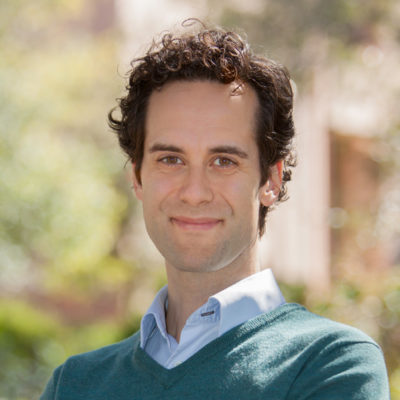What Would It Really Cost To Reduce Carbon Emissions? Not As Much As You Might Think, According To Two Scholars
Summary
Steyer-Taylor Center Director of Faculty Research Stefan Reichelstein and Research Fellow Stephen Comello discuss a new policy model they created to help reduce carbon dioxide emissions without crippling the economy with the Stanford Graduate School of Business's Loren Mooney.
Can the United States meaningfully reduce carbon dioxide emissions without crippling the economy? A new policy model suggests it’s not only possible but also less costly than many think. The model, developed by Stanford Graduate School of Business accounting professor Stefan Reichelstein and research associate Stephen Comello, sets a stringent limit for new natural gas power plants on CO2 emissions – just 80kg/MWh – then gives electricity producers 10 years to develop and deploy carbon capture technology to meet the standard, with tax credit incentives for early adoption.
Basic carbon capture, in which “scrubbers” installed in a chimney selectively capture carbon dioxide emissions, has been used in industrial applications for decades, though never on commercial-scale power plants. “The technology is expensive because it hasn’t been fully developed for power plants, so there are few people who want to do it,” says Comello. “Large-scale carbon capture has been caught in a cycle of high cost, low acceptance, and there has been no mechanism to help break it out of that.”
…
To develop their cost metric, Reichelstein and Comello used empirical engineering cost data on natural gas power plants from the U.S. Department of Energy’s National Energy Technology Laboratory (NETL) and extrapolated it over the 10-year horizon
“The surprises when we analyzed the data were that the tax incentives needed were not that large – substantially less than what solar and wind receive at the moment,” says Reichelstein. “And the anticipated learning effects from early technology adoption would bring the cost of energy production down to something very manageable by 2027.”
The surprises when we analyzed the data were that the tax incentives needed were not that large — substantially less than what solar and wind receive at the moment.
Stefan Reichelstein
…
“The incentives are temporary to motivate power producers to get ahead of the curve,” says Reichelstein. At the same time, early adoption will spur industry to master the process at a large-scale commercial level, “so that in the future it is available to everybody on a cheaper basis,” he says. According to their analysis, if every plant built starting in 2017 used carbon capture (rather than retrofitting), and thus technology cost fell rapidly, tax incentives could diminish to zero by 2026.
At the same time, CO2 emissions would be reduced by 80% over today’s natural gas power plants, and the cost of generating a kilowatt-hour of electricity would be 7.8 cents in 2027 (in today’s dollars), just 1.2 cents more than today’s average cost. “To put that into perspective, if the utility were to pass the entire increase on to consumers, you could expect a 10 to 12% increase in the cost of electricity,” says Comello.
…
In terms of the political will to enact such a policy, Reichelstein says that, Washington gridlock aside, business leaders are interested in early adoption of carbon reduction technology as an insurance policy. “There is a general expectation in the global business community that, sooner or later, there are going to be serious regulations on carbon emissions,” he says. “So having mastered a technology like this and brought its cost down is going to put you in a much better position for the future.”
…
Stefan Reichelstein is the William R. Timken Professor of Accounting at Stanford GSB and the faculty research director of the Steyer-Taylor Center for Energy Policy and Finance, where Stanford GSB research associate Stephen Comello is a research fellow. The Steyer-Taylor Center is joint initiative between Stanford Law School and Stanford GSB. The paper discussed here is forthcoming in the journal Energy Policy.
Read More
